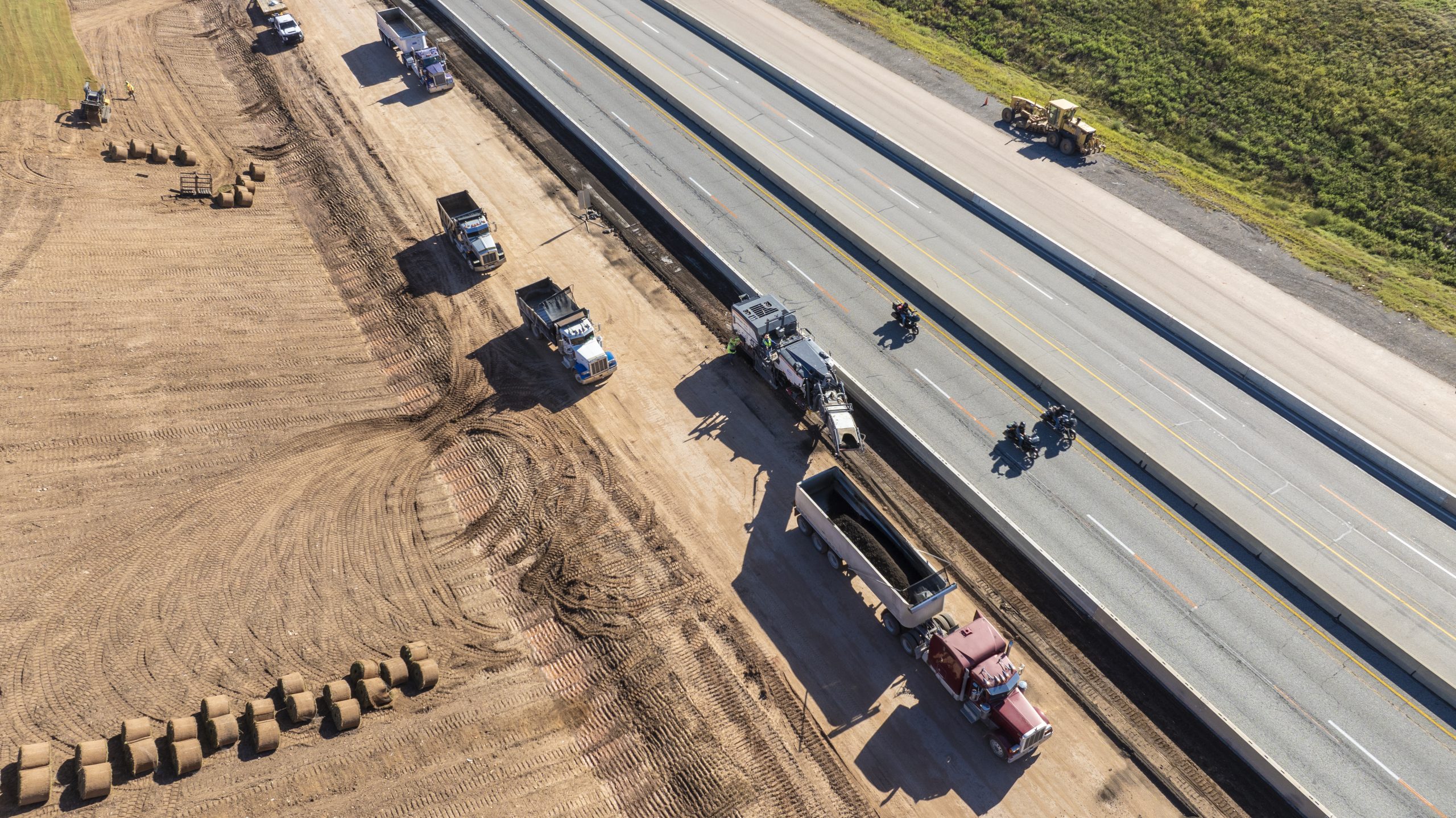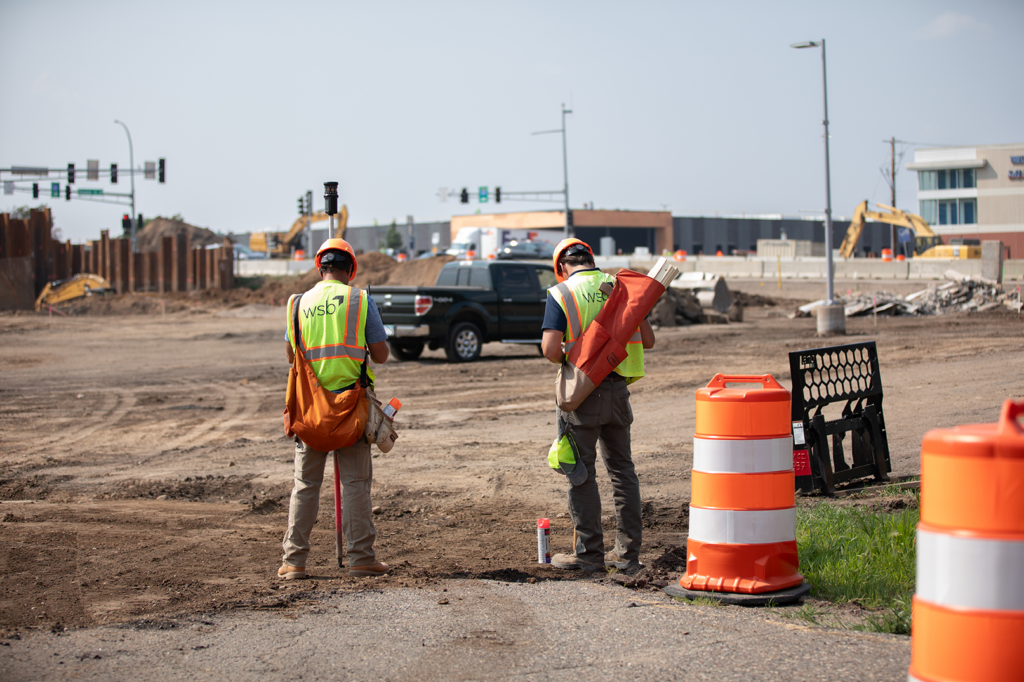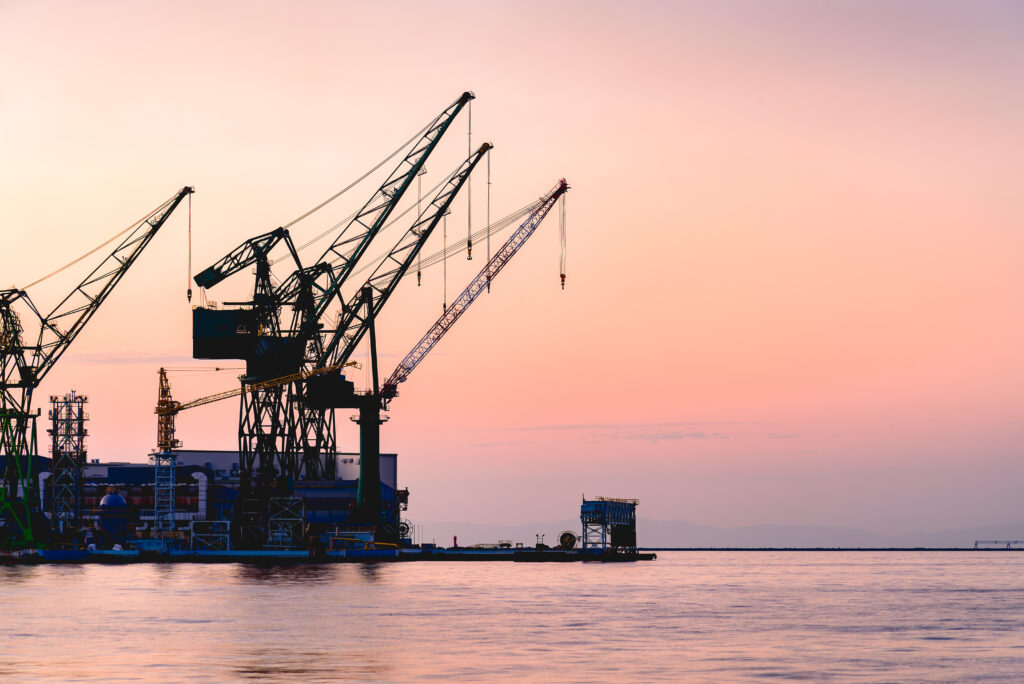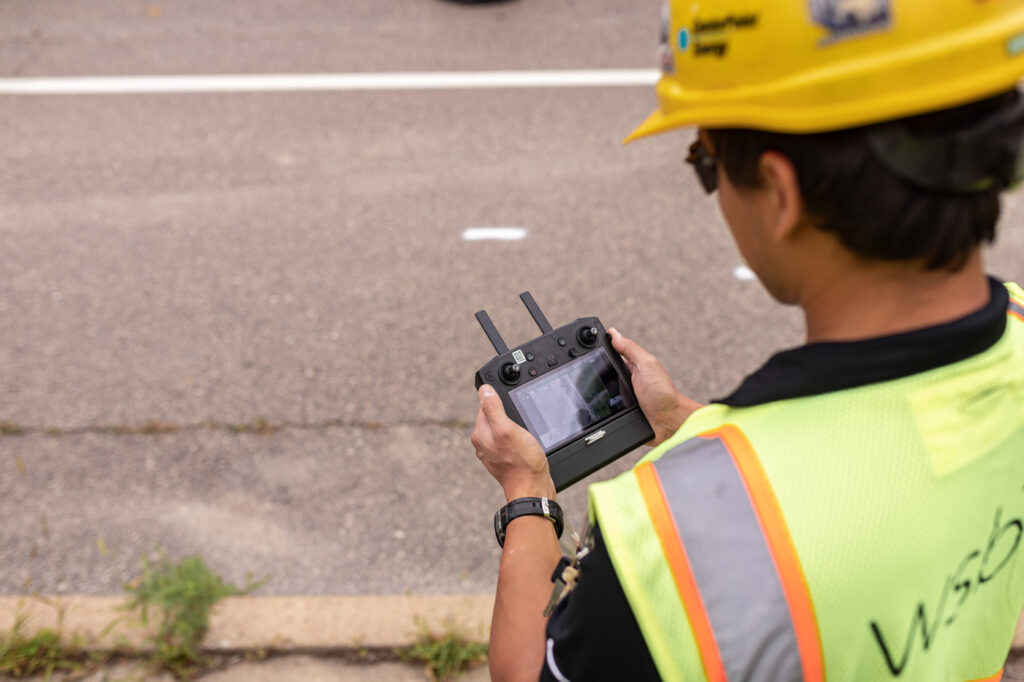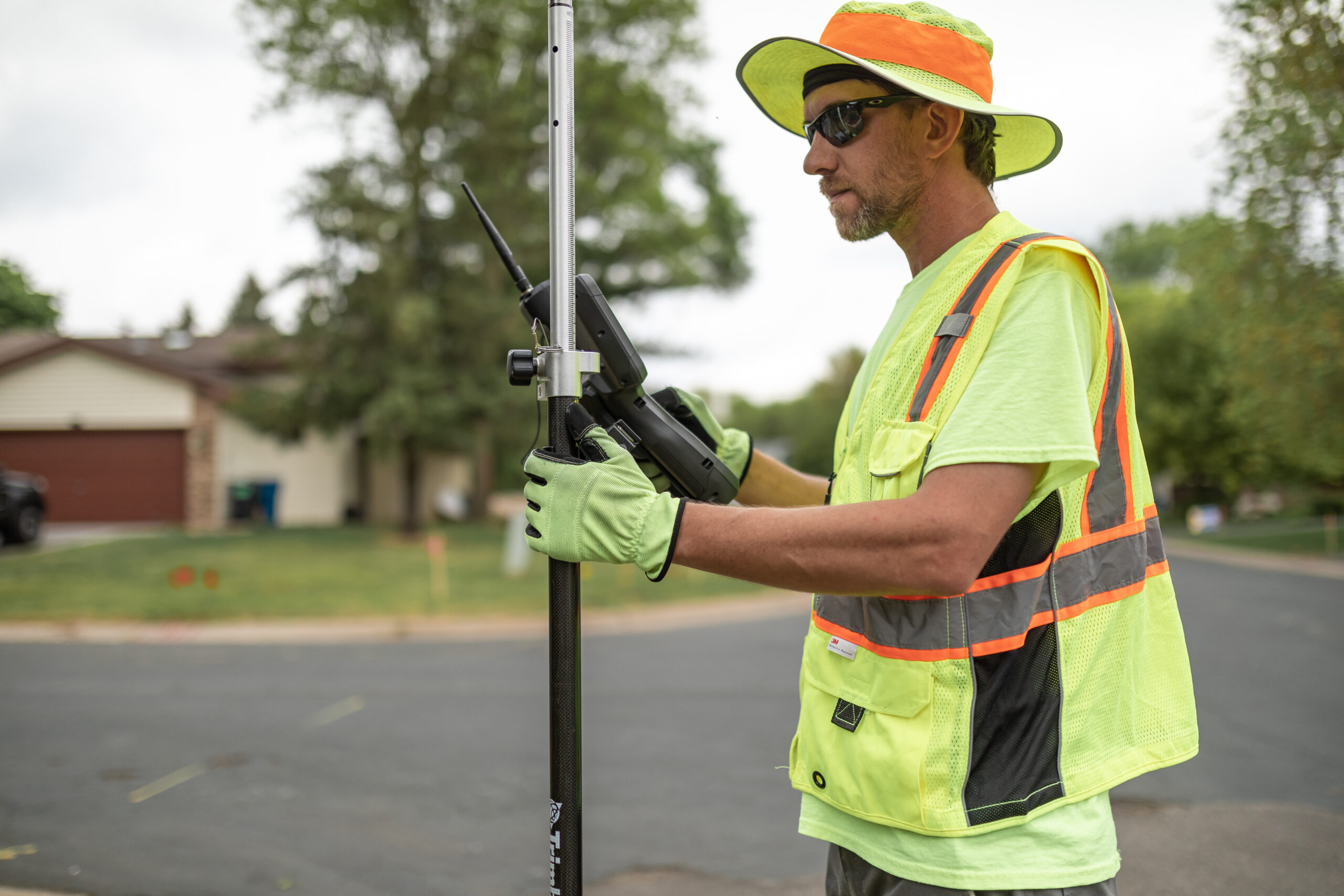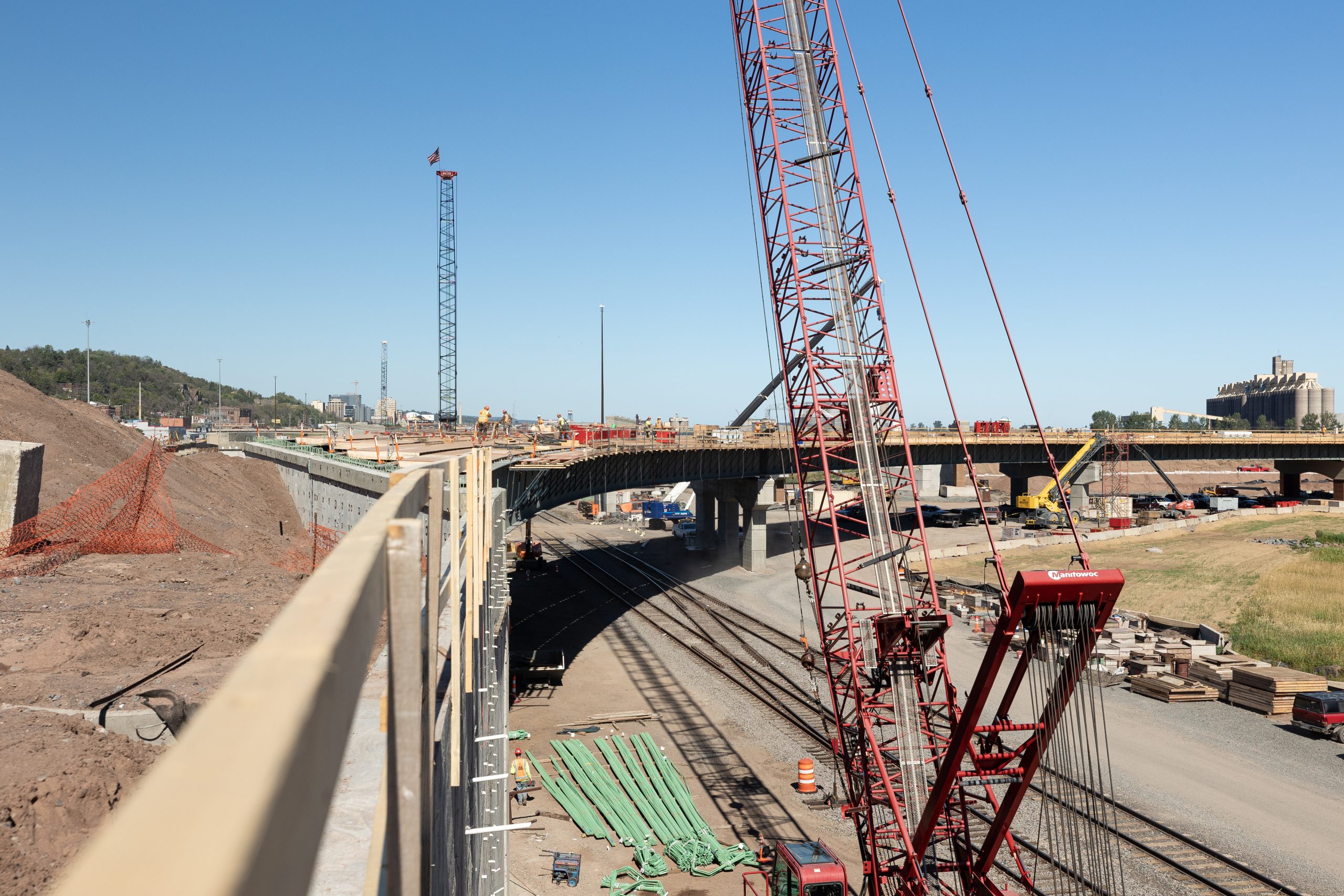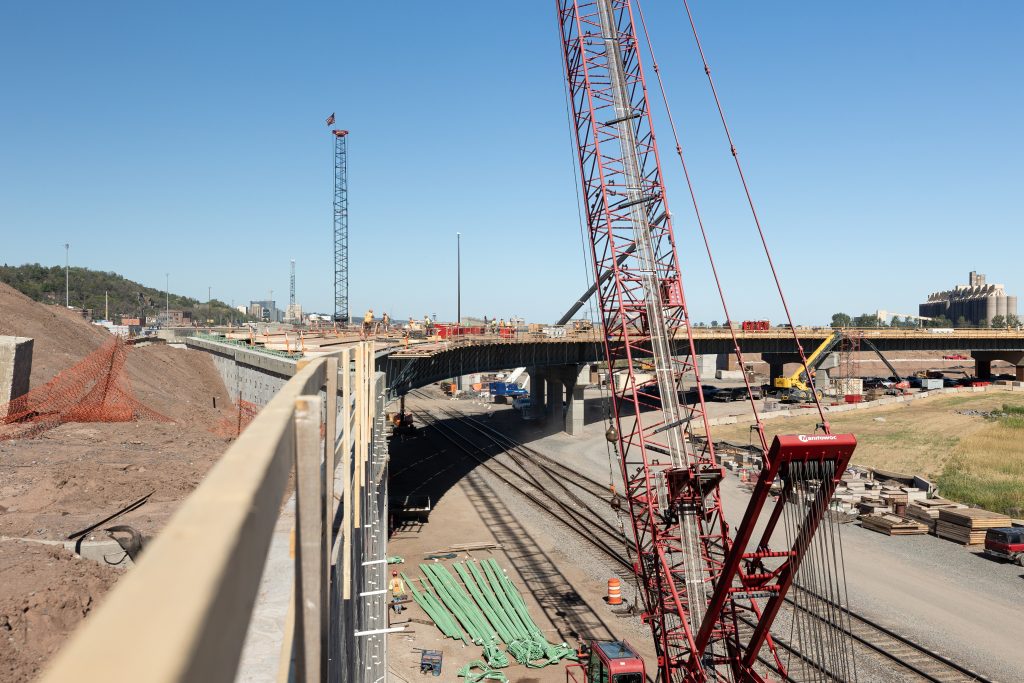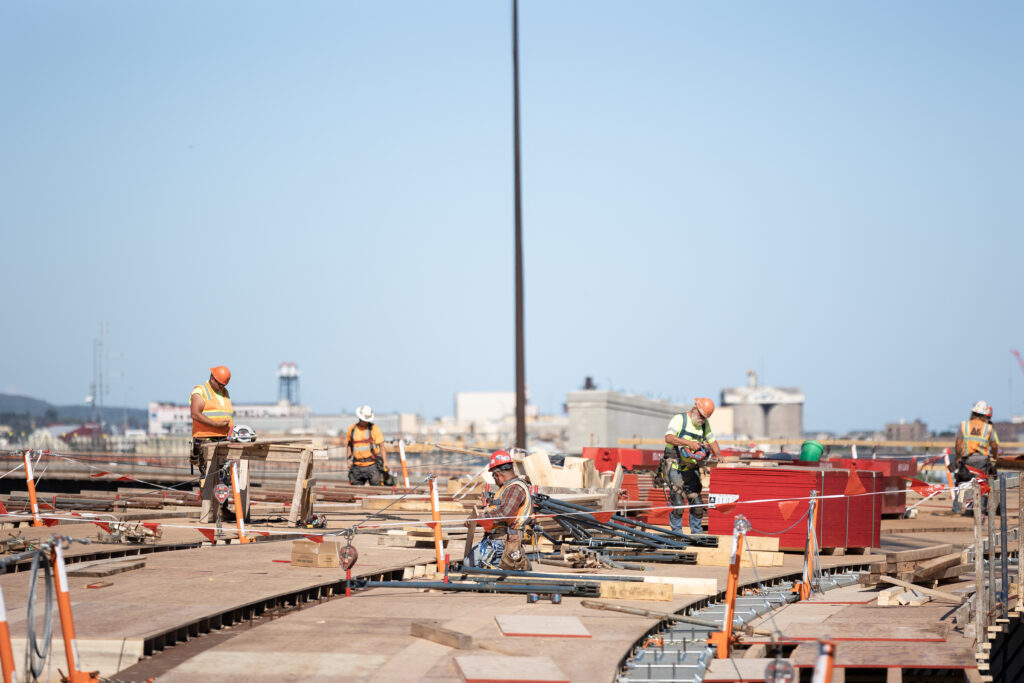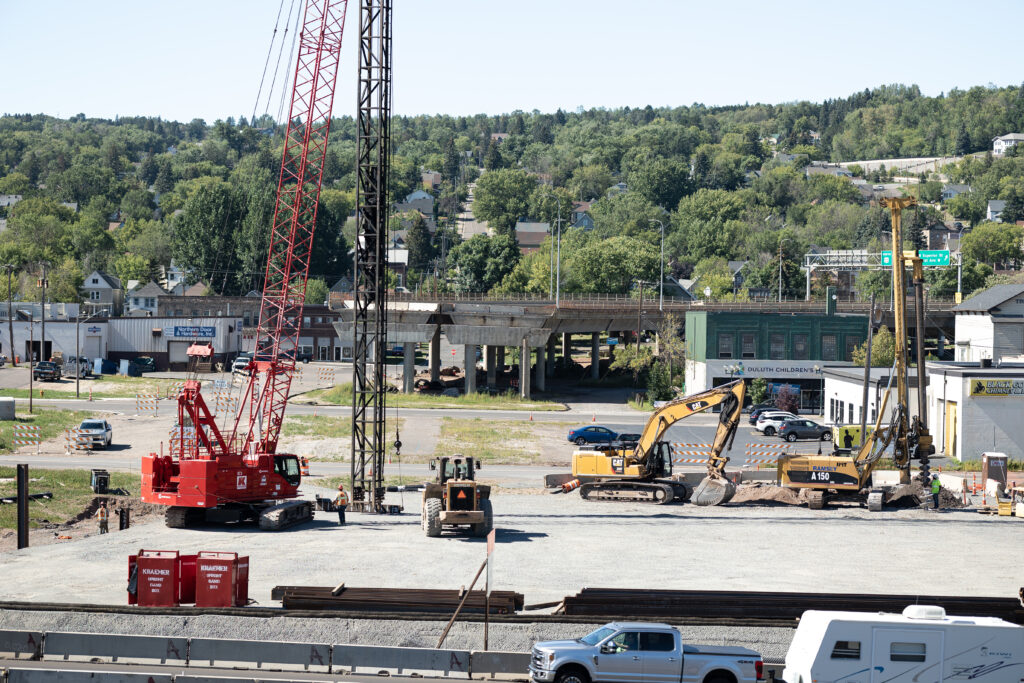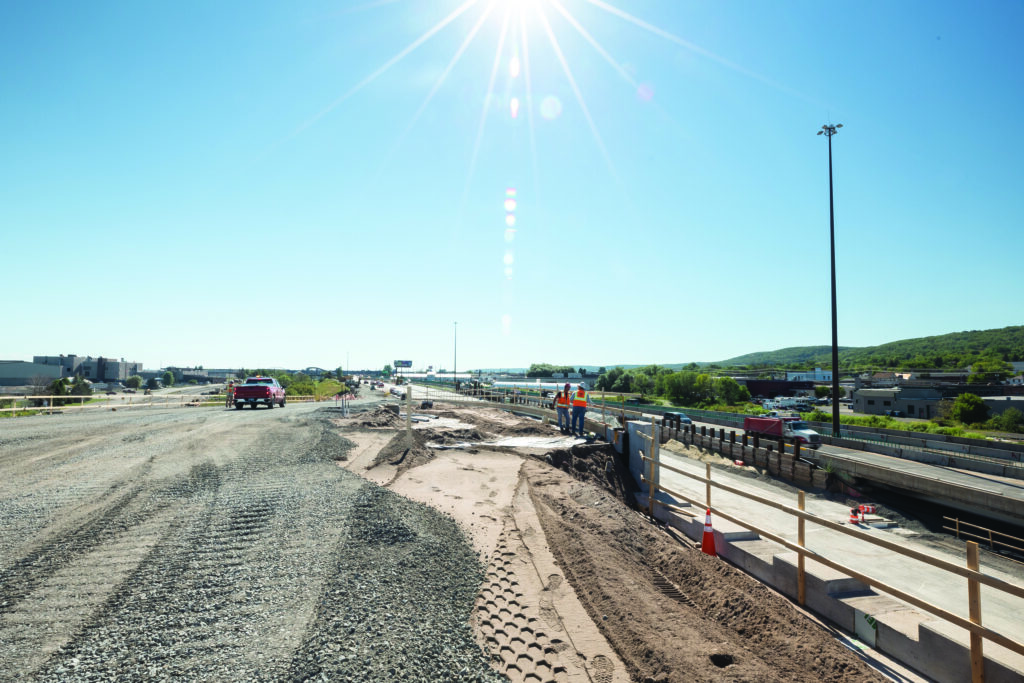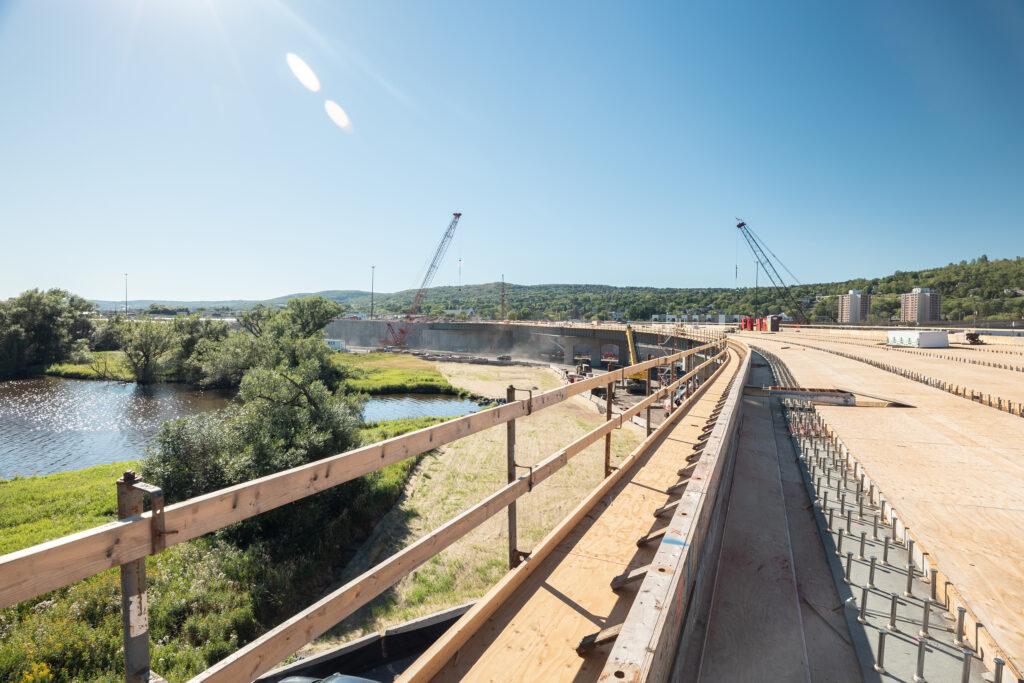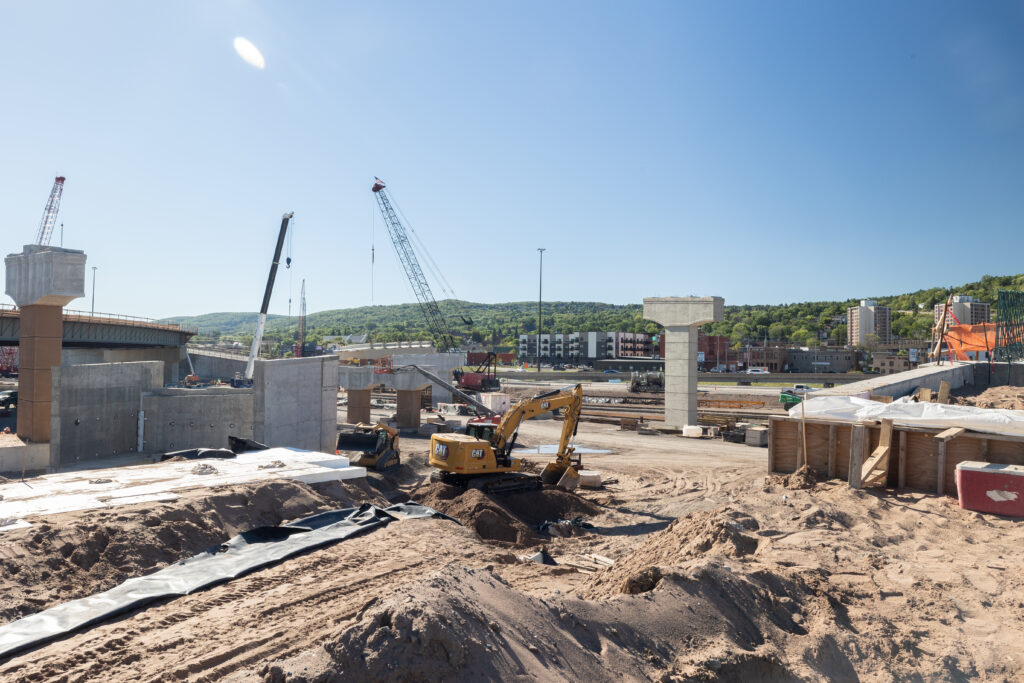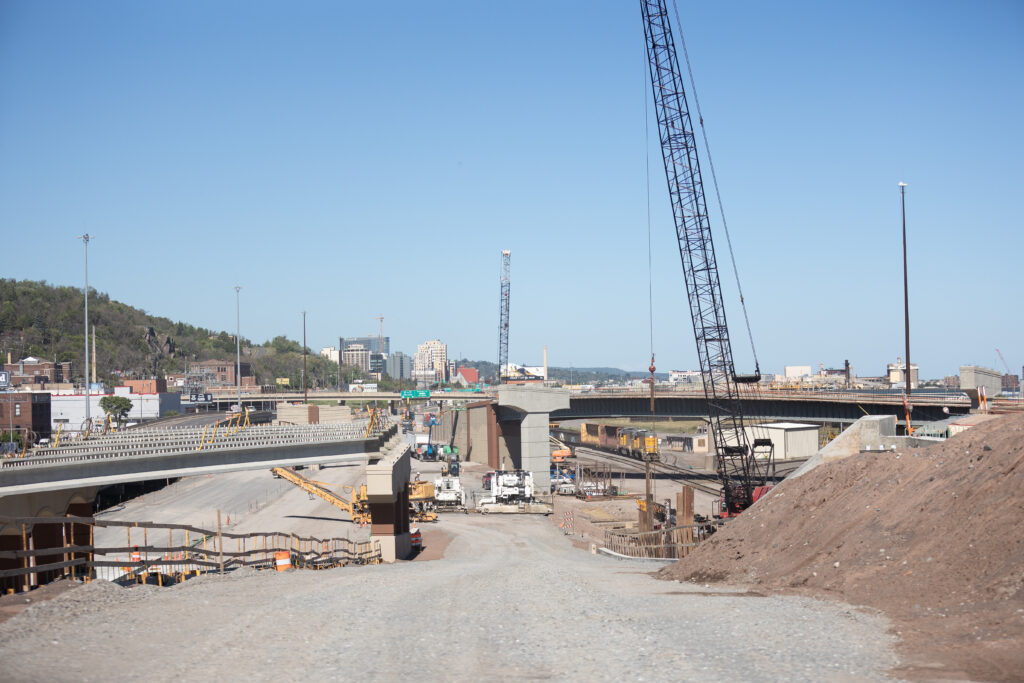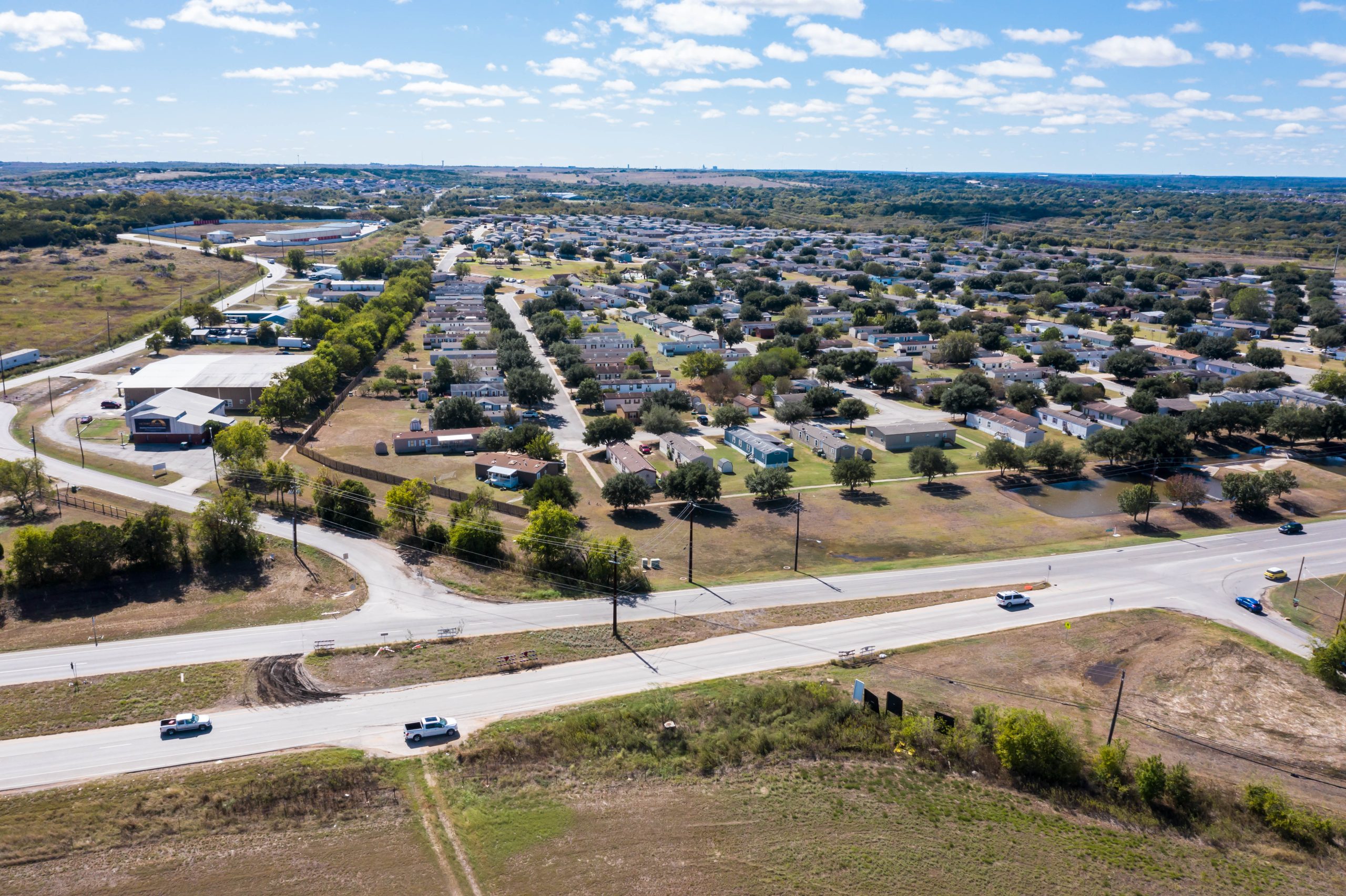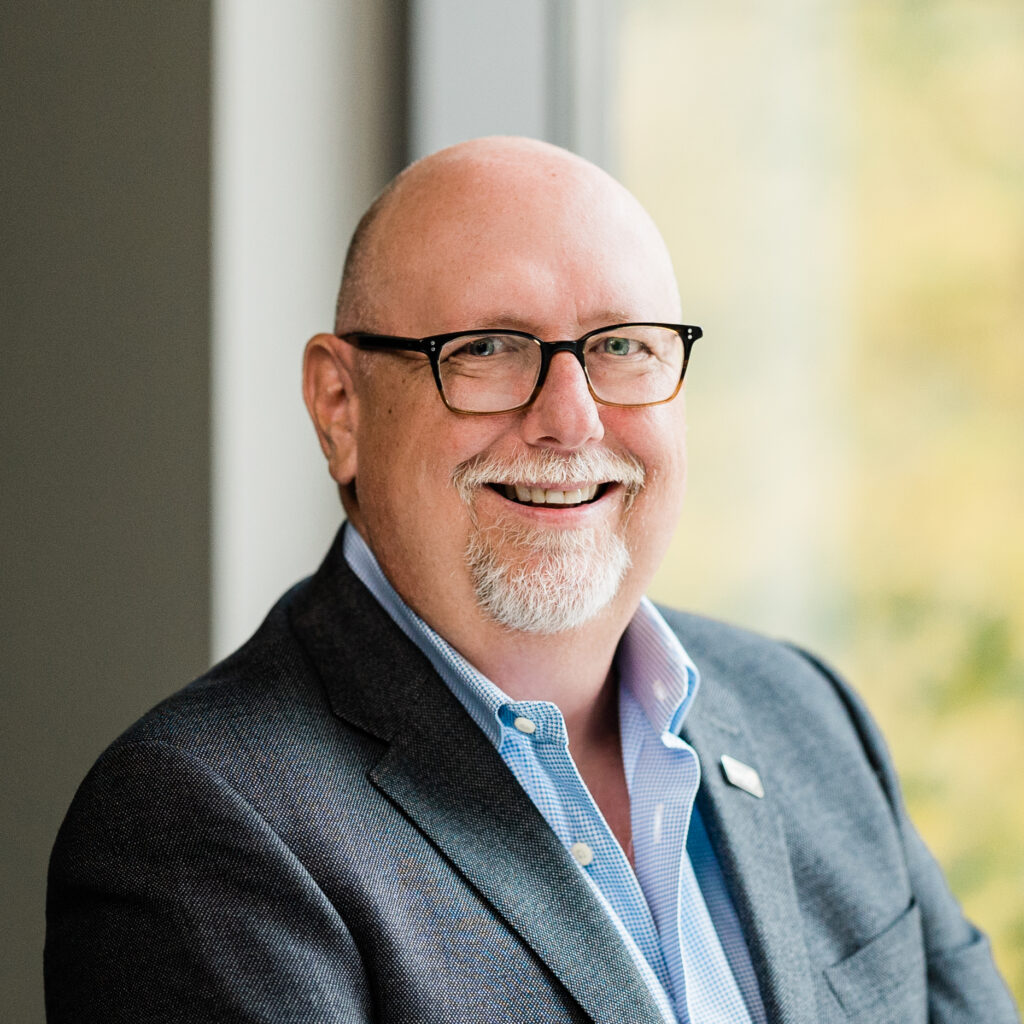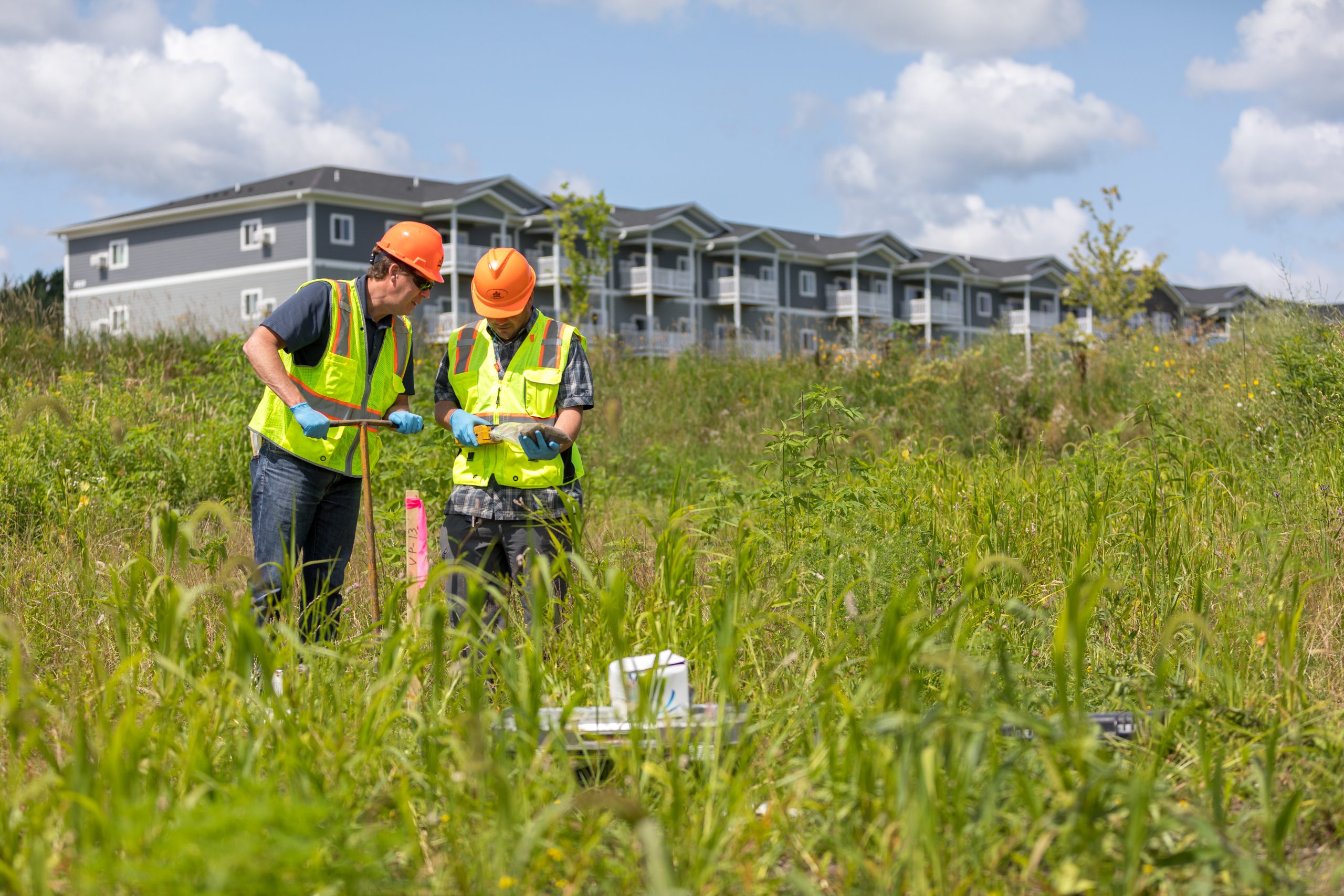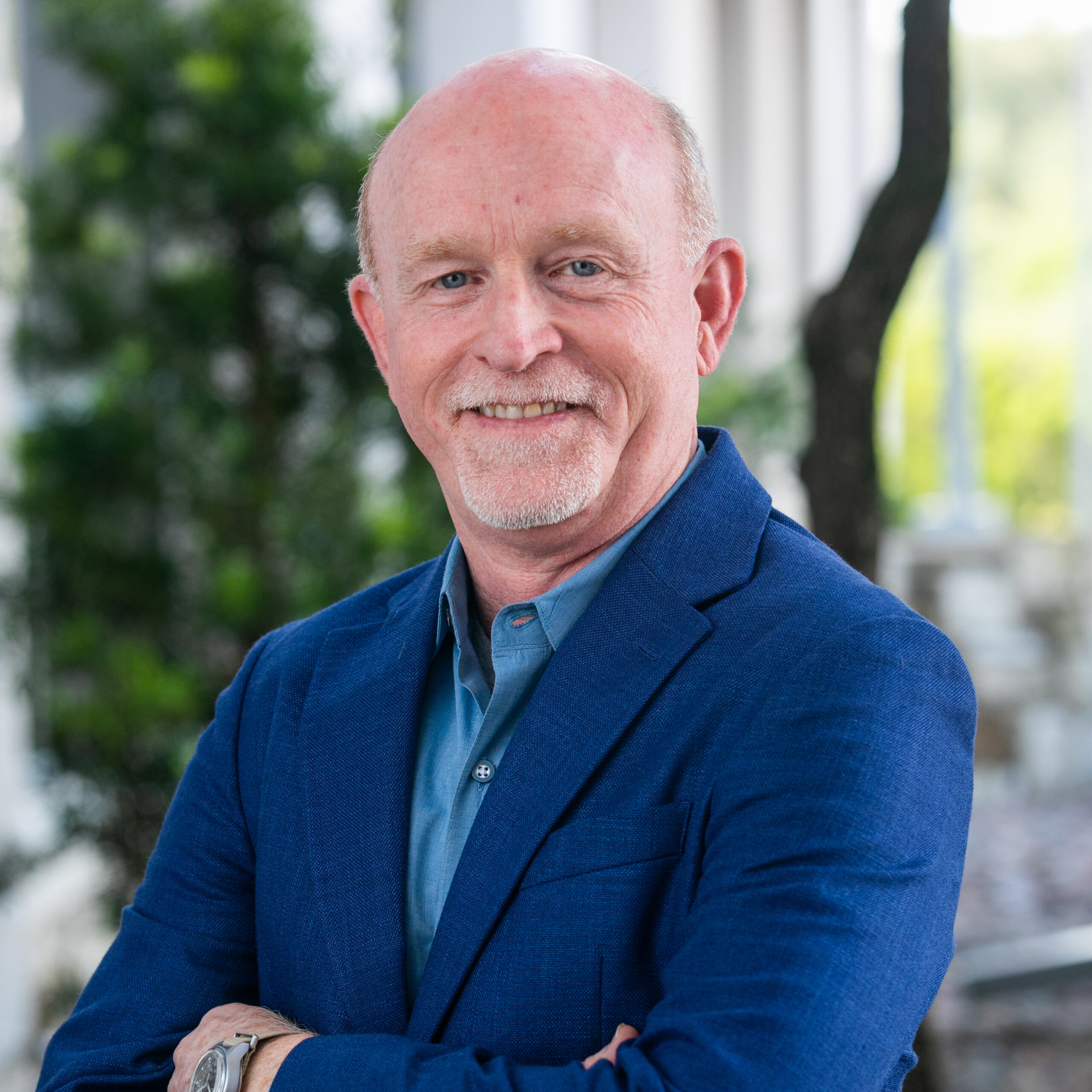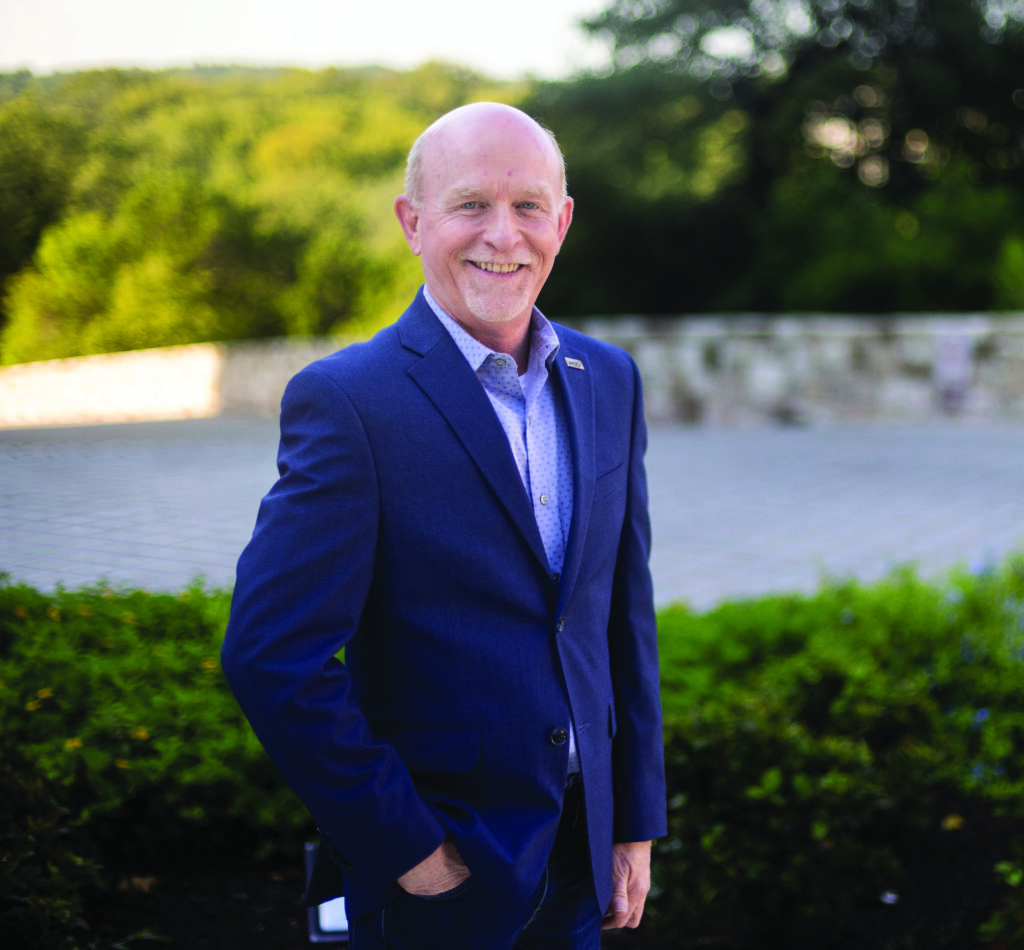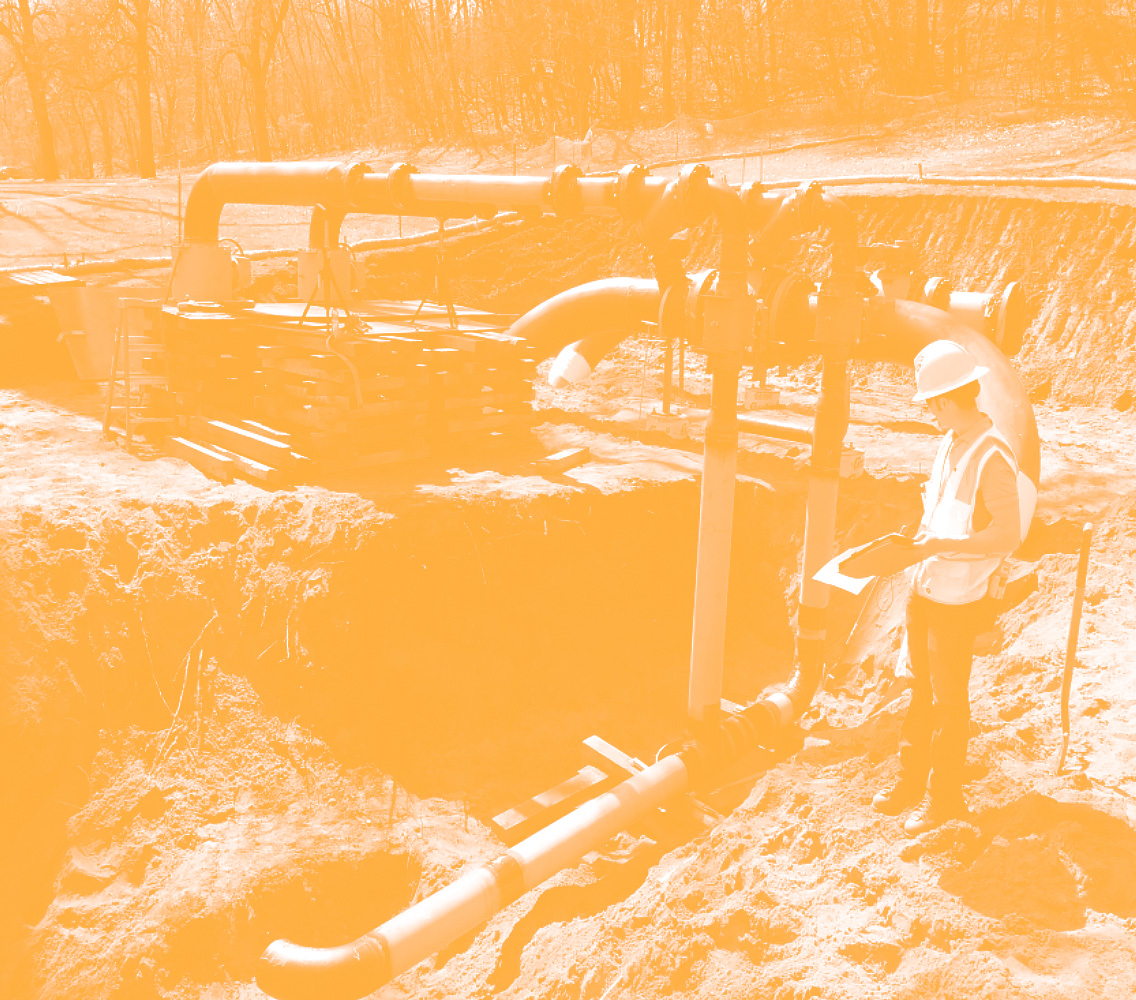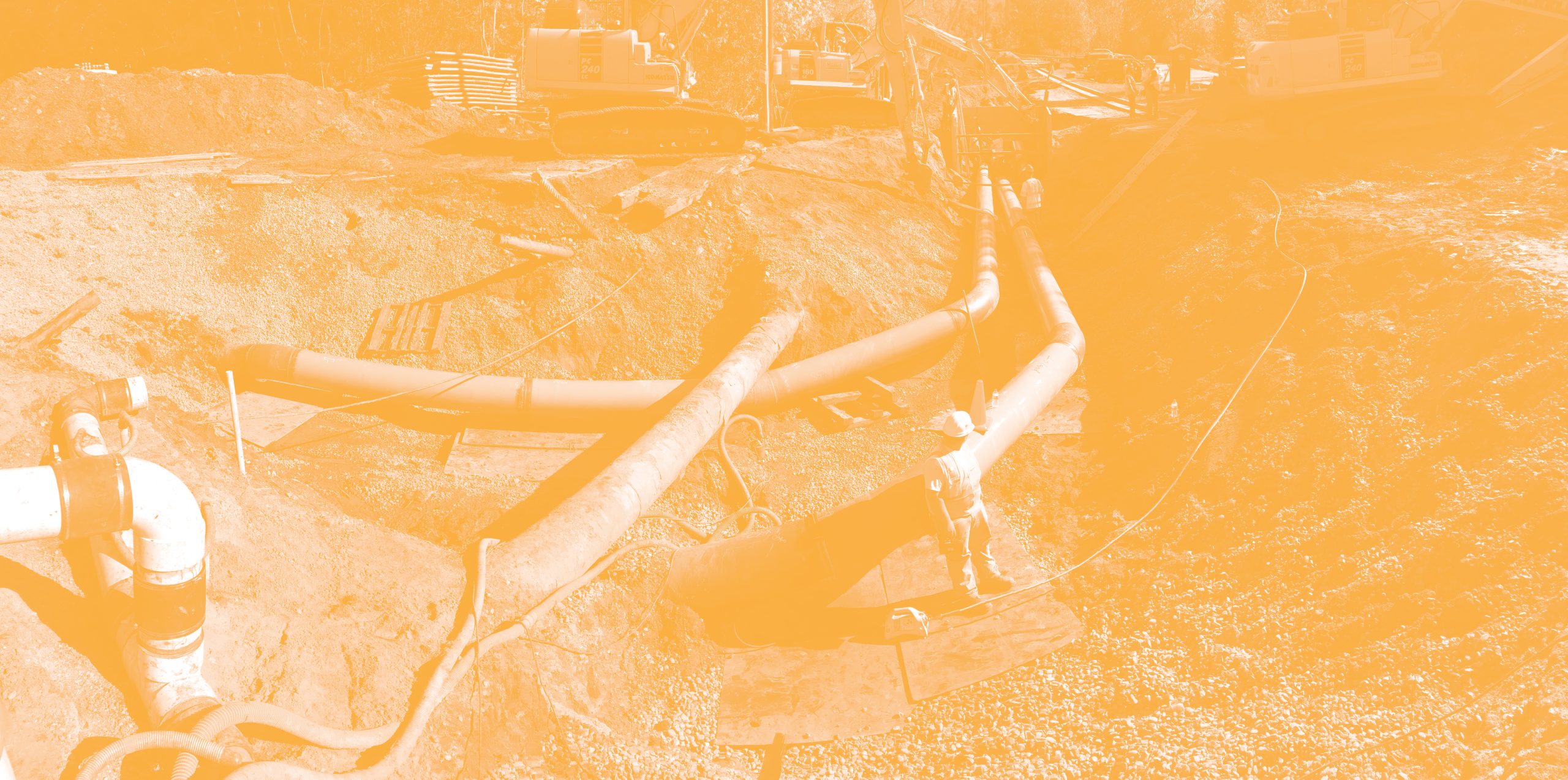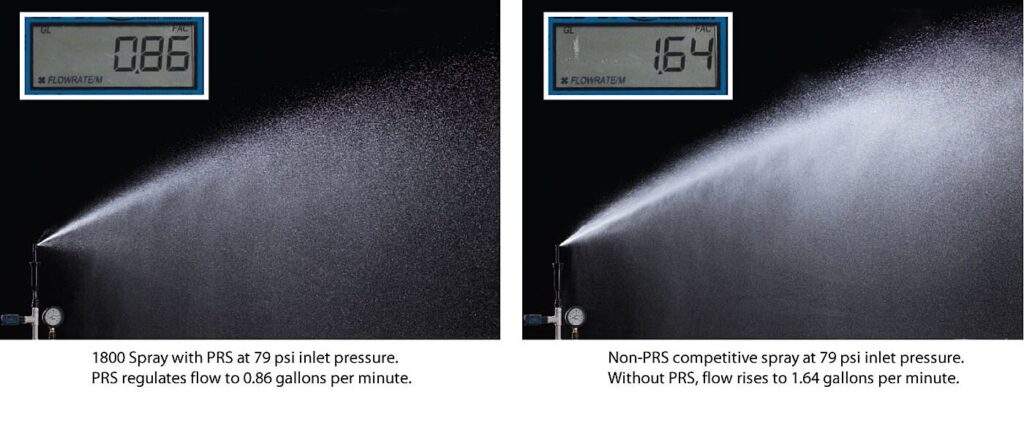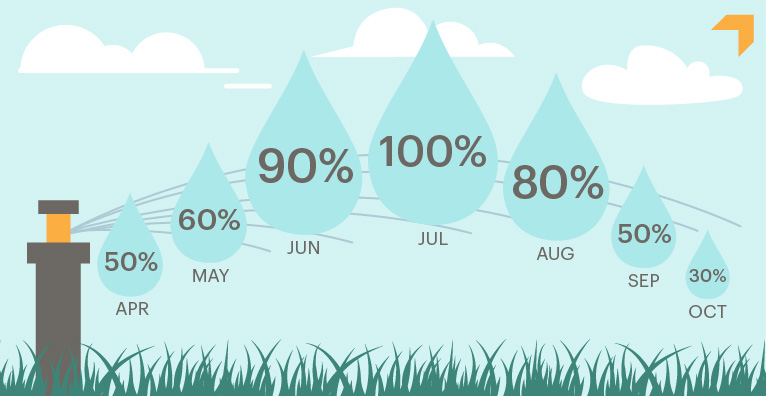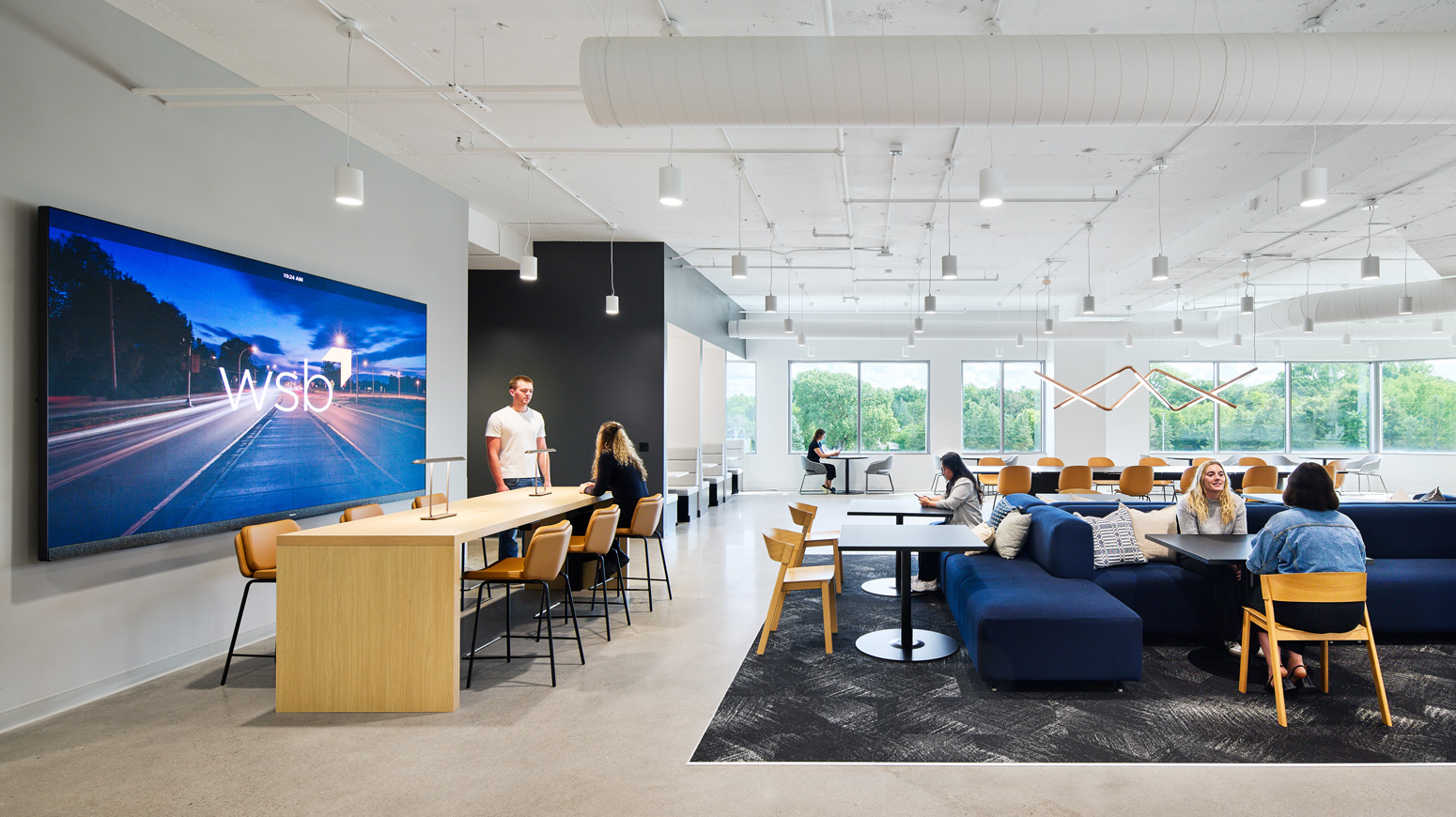January 11, 2023
Late last fall, Congress passed the bipartisan Infrastructure Investment and Jobs Act (IIJA), which infused an astounding $1.2 trillion into our nation’s infrastructure. The package, which includes $550 billion in new federal spending over the next five years, gave local and state governments significant opportunities to fund infrastructure improvements over the next several years, and many communities have already taken advantage of this influx of funding.
Transportation, clean energy, clean water, broadband expansion, and more, gave communities across the country an unprecedented opportunity to invest in projects that will have a meaningful impact on the future for residents, businesses, and the environment.
How Have Communities Benefited from this Funding?
Every community is different, and every community’s needs are different, but here are some of the top ways that local leaders, planners, and governments have benefited from IIJA.
Advancing Bigger Projects Sooner & Removing Financial Roadblocks
Whether a large metropolitan city or a small rural town, every community has a list of needed infrastructure projects, but funding and resources are often limited. Communities must prioritize, and sometimes put larger projects on the back burner due to budget constraints.
TheIIJA is helping to change that mindset for many communities, giving leaders a greater opportunity to think big. Whether it’s getting on a project funding priority list, putting forward a feasibility plan, or thinking more comprehensively about the environment, transportation, or other community infrastructure needs, the federal infrastructure law has provided meaningful opportunities to secure funding for projects that may have previously been out of reach.
Viewing Projects Through an Equity Lens & Involving More Voices in Community Planning
Equity is a major component of IIJA, creating a real opportunity for communities to invest in projects that benefit traditionally underserved communities, as well as advance sizable projects that create a better community for all. Including equity in infrastructure project planning not only enhances local communities and benefits residents, but it also gives projects a competitive edge in securing dollars from the federal funding package.
Many communities are viewing their infrastructure projects through an equity lens and incorporating more voices as they plan for the future.
Addressing Climate Change & Infrastructure Resiliency
Our climate is changing, and “once-in-a-century” storms no longer occur just once in a century. Higher temperatures, drought, more intense precipitation, wildfires, flooding, and changing ecosystems are all issues that impact communities’ infrastructure planning. Building greater resiliency in projects and planning for more extreme weather and climate events is critical and recognized within the IIJA funding.
Green infrastructure, innovative stormwater solutions, water reuse systems, native landscaping, and more can help mitigate risk and better protect populations, native species, and habitats.
Developing Brownfield Sites
Brownfields – previously developed sites that are no longer in use – are underutilized space that present real opportunities for economic, social, and environmental revitalization. However, they are often costly to redevelop. With more than $1.5 billion allocated to brownfields in the infrastructure package, many communities are taking advantage of the opportunity to move forward with brownfield projects, and expand their city’s tax base, grow jobs, build housing, and develop sites in ways that benefit residents and the community at large.
Building a More Sustainable Future
Sustainability is a fundamental component to infrastructure, and IIJA allows communities to invest in forward-looking projects that will have long term, positive environmental and social impacts. From electric vehicle charging stations and energy storage to ecological restoration, greater investment in sustainability is allowing local leaders to make bigger, more thoughtful investments that will help address climate change and resiliency.
Navigating a once-in-a-generation opportunity
Our team of funding experts help communities navigate grant applications, data gathering, project design and engineering, sustainability planning, stakeholder engagement, and more. IIJA is a once-in-a-generation infrastructure investment opportunity, and communities of all sizes can and should tap into the extraordinary opportunity for infrastructure improvement and investment.
